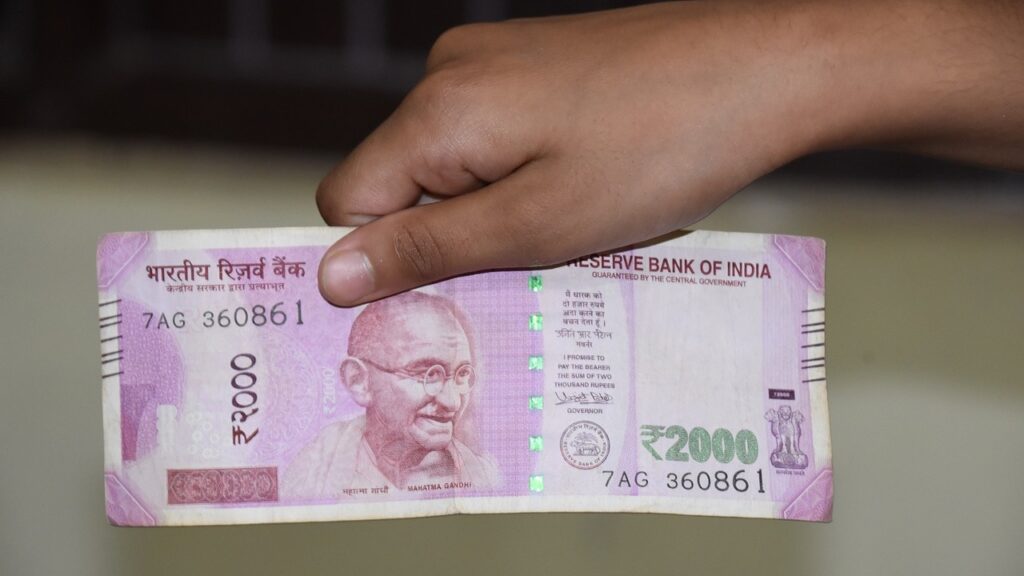by Peter Schiff, Schiff Gold:

The Indian central bank has announced another round of demonetization with a plan to withdraw 2,000-rupee notes from circulation. The announcement led to a big jump in gold bullion sales.
The 2,000-rupee note will remain legal tender, but they will have to be deposited or exchanged for smaller denominations by Sept. 30.
The 2,000 rupee note ($24.19) is the largest currency denomination in India. According to Reuters, they make up about 10.8% of the currency in circulation.
TRUTH LIVES on at https://sgtreport.tv/
T.V Somanathan, the top official at the Indian Finance Ministry, said confiscation of the 2,000 rupee notes wouldn’t cause any disruptions “either in normal life or in the economy.”
His assurances fall flat given history.
We’ve seen this play before. The Indian government announced a surprise demonetization policy in the fall of 2016 meant to drive so-called black money out of the shadows and declared that all of the 1,000 and 500-rupee notes then in circulation would no longer be valid. The suddenly worthless notes made up 86% of the currency in circulation in the country at the time. The move made virtually all of the cash in India valueless.
The government produced new 500 and 2,000-rupee notes to replace the old currency.
Now the government is pulling those 2,000-rupee notes out of circulation.
The government policy announced in 2016 was meant to force Indians to trade in the old notes for new ones. But there was a catch. The government placed limits on the amount of currency Indians could exchange, but no limits on bank deposits until the end of the year. The idea was to push Indians into putting their hoarded cash in the bank – thus bringing it “out of the shadows.” The demonetization policy resulted in severe cash shortages. As many as 90% of ATMs in some regions of the country completely ran out of currency.
With more time to exchange notes this time around, the latest round of demonetization is not expected to be as disruptive.
War on Cash
The Indian government’s move was part of the broader war on cash. The goal was to bring “black money” out of the shadows so it can be tracked and taxed. The vast majority of transactions in India are in cash. It is an overwhelmingly cash economy and virtually every Indian has currency stashed away in their home.
Transactions using black money mean no taxes are collected. Government estimates show that only 1% of the Indian population pays any taxes at all. By making the 1,000 and 500 rupee notes valueless, government officials hoped to force the black money into the light so they could get their cut.
Reserve Bank of India (RBI) justified eliminating the 2,000-rupee note, saying they are at the end of their useful life and citing evidence showing 2,000 rupee notes aren’t typically used in transactions. But the real motivation for this latest round of demonetization is likely the same as the first – to better track and tax transactions.
This war on cash isn’t isolated to India. The European Central Bank stopped producing and issuing 500-euro notes in 2018, and officials in the US have floated the idea of eliminating the $100 bill.
More recently, governments have experimented with central bank digital currency (CBDC) as a cash replacement.
There are also political motives for getting the 2,000-rupee notes out of circulation now.
The move comes ahead of elections in four Indian states and a national election next spring. According to Reuters, “Most of India’s political parties are believed to hoard cash in high denomination bills to fund election campaign expenses to get around tough spending limits imposed by the Election Commission.”




